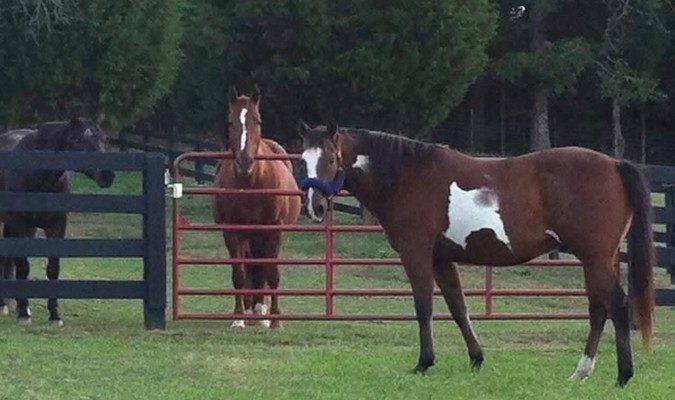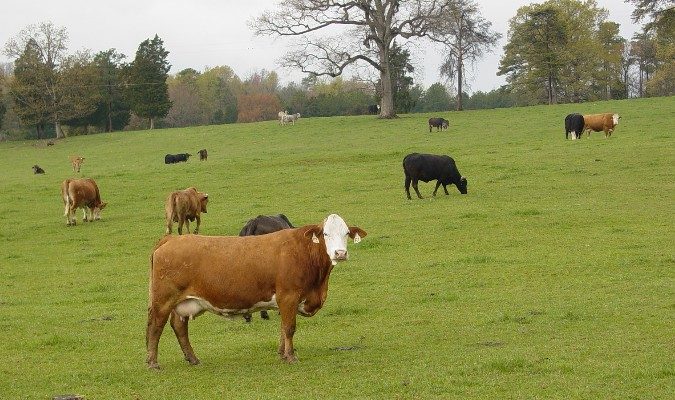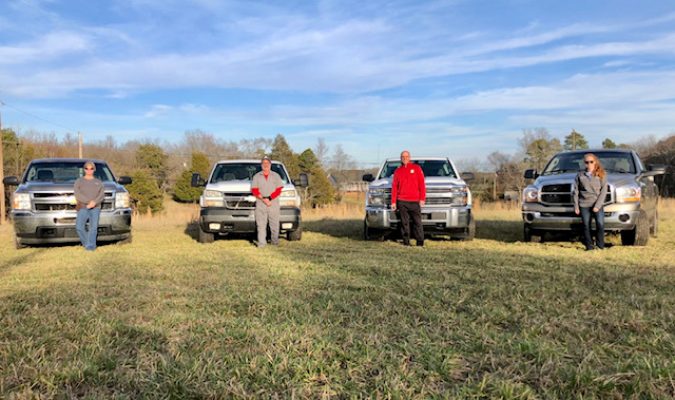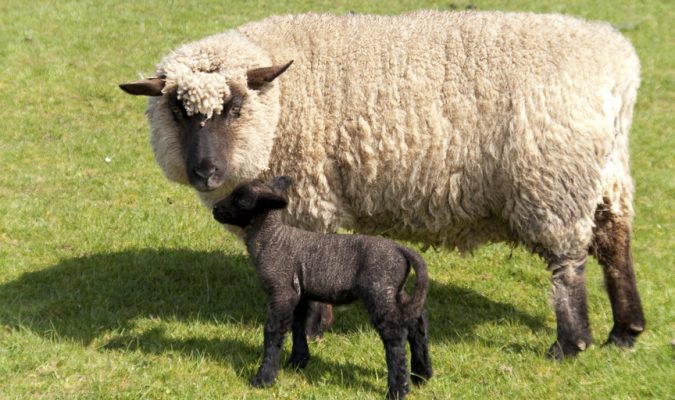With October starting, we are wishing all of our clients a Happy Halloween and a great start to the spooky season. Alongside ghosts, ghouls, and zombies, of course one of the scariest things of all is… obesity in horses! But don’t worry, we have some information in this newsletter that will put all of those nightmares to rest.
Monitoring Horse Weight
Speaking of weight, when it comes to your horse, it’s good to have an objective number attached to their weight instead of a subjective opinion on how they look. Since you likely don’t have a scale large enough for your horse to monitor weight, we have to use the next best thing: a weight tape. Using a weight tape and some math can get you a pretty good idea as to the actual weight of your horse. It should be stated that breed matters, and different horses measure differently due to conformation. It won’t be as accurate as a true scale, but by using it the same way each time we can track trends in your horse. Some measuring tapes only use the girth of the horse to estimate the weight. This is pretty accurate, but by adding on the length of your horse (by measuring from the center of the chest to the middle of their hamstring) we can get an even better idea of the actual weight. The formula is girth x girth x length / 330. Below are some resources on the topic.
While using a measuring tape on your horse is wonderful to apply a number to their weight, it doesn’t give the full picture. That’s where another number system comes into play to objectify the weight of the horse known as body condition scoring (BCS). This scale is more subjective and goes from 1-9 with 1 being emaciated, 9 being extremely obese, and 5 being ideal. The system is based on measuring the amount of fat cover present in six key areas that are the neck, withers, spinous processes, tail head, ribs, and behind the shoulders. Through visual and physical palpation of fat in these areas we can categorize horses into categories of underweight (BCS ≤ 3), moderate (BCS 4–6), overweight (BCS ≥ 7) or obese (BCS ≥ 8). Below are some great resources describing how to body condition your horse.
- https://www.extension.iastate.edu/equine/body-condition-score
- https://www.youtube.com/watch?v=BijD_2rgs64
Monitoring Cattle Weight
When it comes to monitoring weight trends in your beef cattle herd you may not have the luxury of owning a weight scale in your cattle working facility. So, you have to settle for monitoring the body condition scores of your herd instead. BCS has the same concept for cattle as it does for other species. You are essentially looking at fat cover in different regions of the body. The regions of concern for a beef cow are the spinous processes, shoulders, brisket, hind quarters, tail head, ribs, and hip bones (hooks and pins). Now the scale for beef cattle is different than that of dairy cattle being 1-9 and 1-5 respectively. This newsletter will focus on beef cattle body condition scoring. The beef cattle scale goes from 1 being emaciated, to 9 being very obese, and 5-6 being ideal.
It’s important to monitor BCS of your cattle herd multiple times throughout the year. The recommended time points are 90 days prior to calving, calving time, the start of breeding, weaning time, and 45 days after weaning. By monitoring BCS at those times in the year you can identify cattle in your herd that may need to be fed differntly in order to maintain the appropriate BCS for that 365 day calving interval (283 day gestation and 82 day rebreeding window). It can show you if you need to adjust your weaning date and wean your calves earlier in order to improve BCS on your cattle. It can also help you identify hard keeping cows and ones that may not fit your operation going forward. The single most important reason to monitor body condition is because it has the greatest impact on rebreeding performance in your herd. Cows at a body condition of <4/9 take significantly longer to breed back than cattle at a BCS of >5/9 . It’s recommended for mature cattle to be at a BCS of >5/9 at calving and first calf heifers at a BCS of >6/9 at calving due to them still growing. This will help you maintain that 365 calving interval with your cow herd. When it comes to the cow’s body reproduction is a luxury, and if her body does not have the minimum energy reserves for basic life functions, then her body will not set aside the extra calories necessary for reproduction. If she’s thin coming into calving (<4/9) then she’ll likely have a weaker calf and her body will not prepare adequate amounts of colostrum for her calf which can set the calf up for early on diseases. It’s important to identify these thinner cattle prior to calving, because trying to get weight onto a cow in lactation is more difficult than in any other time of the year. Even though I’ve discussed the importance of identifying thin cows, I also want to state how important it is to identify overweight cows. Because feed cost is the number one expense on a commercial beef cattle operation I want to find the overfed cows just as much as the underfed cows. If your herd has an average BCS of 7/9 for its mature cows at weaning, we can adjust your ration to help save feed costs because going from a BCS of 5/9 to 7/9 did not gain you significant reproductive efficiency compared to the added cost to feed those cattle to achieve that higher BCS. We want to help save you money just as much as we want to help you make money. We recommend keeping a record of these body conditions at multiple times of the year so that when we go over records we can monitor trends over time in your herd and identify problem areas. More on record keeping for your herd to come in future newsletters. Below are some resources regarding the importance of body condition scoring beef cattle.
- https://www.youtube.com/watch?v=AxLyN6CI22g
- https://extension.missouri.edu/media/wysiwyg/Extensiondata/Pub/pdf/agguides/ansci/g02230.pdf
- https://beef.unl.edu/learning/condition1a.shtml
- https://www.bovinevetonline.com/news/education/managing-cow-body-condition-critical-profitability
Written By: Dr. Gunner Edgell
Rocky River Large Animal Veterinary Clinic is here to serve you and your animals.






